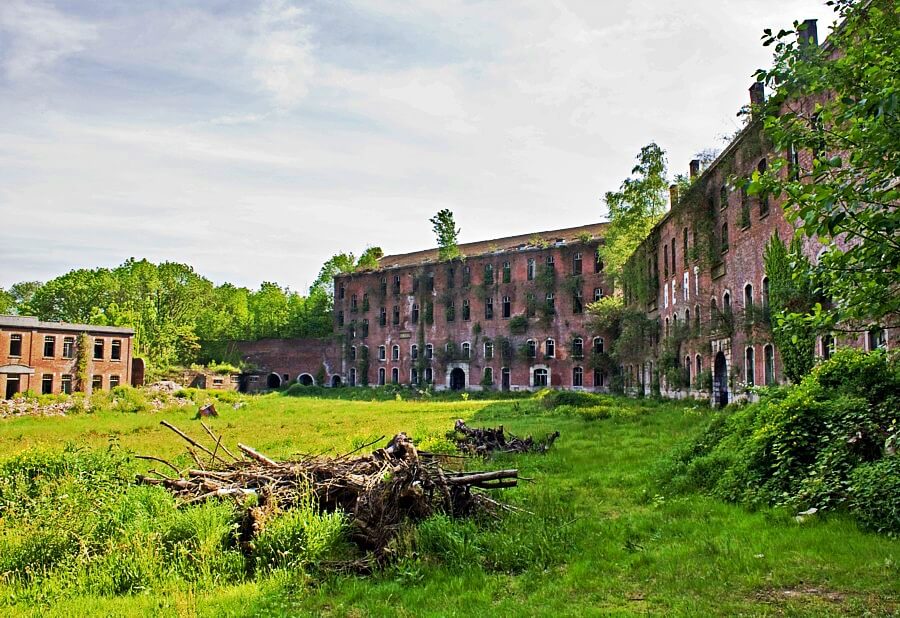Fort de la Chartreuse
Liège Région Wallonne Belgium
fortress
Fort de la Chartreuse
Liège Région Wallonne Belgium
fortress
Fort de la Chartreuse
Liège Région Wallonne Belgium
fortress
Construction of this large fortification in Liège began in 1818
Le fort de la Chartreuse, qui domine le quartier d'Amercœur à Liège, fut construit, entre 1817 et 1823, à l'époque du Royaume uni des Pays-Bas afin de protéger la cité
Fort La Chartreuse is een fort opgericht voor de verdediging van de Belgische stad Luik
Previous names
Fort de la Chartreuse, Fort de la Chartreuse, Fort de la Chartreuse
Description
Construction of this large fortification in Liège began in 1818.
Built by the Dutch, who controlled this part of Belgium following the 1815 Congress of Vienna, it replaced a monastery for the Ordre des Chartreux, an order of monks who spent almost all of their time in solitary and silent study of the Bible. The monastery was adjoined by a small hamlet, Péville, that was also displaced by the new Fort de la Chartreuse. The fort never had to defend an attack, but it served many purposes over its life. In 1891 it was decommissioned, but it continued to be used as a barracks. The following year, Belgium built 12 modern fortifications around the city.
WWI
World War I broke out with the Battle of Liège on August 5th, 1914, when Germany invaded the city. It fell on the 16th, but only after the battle had turned into a siege with protracted bombardment. The Belgian forts were not designed to withstand the heavy shelling and after they had been flanked they fell one by one. While the Citadelle de Liège, the central fort in the city, fell on August 7th, some of the forts held out for several more days. By August 16th, however, the last of Liège surrendered. As the front line moved deeper into Belgium, the occupying German army turned Fort de la Chartreuse into a military prison for some of the 4,000 Belgians they had captured after the battle. When Germany agreed to an armistice in 1918 and Liège returned to Belgian control, Fort de la Chartreuse was again used as a barracks.
WWII
Liège again became Germany’s portal to France on May 10th, 1940 when Belgium’s massive fort at Eben-Emael fell. The fort, located just north of the city, was considered a significant barrier to invasions, but its gun turrets were neutralized in a surprise night raid by 75 Nazi soldiers that silently landed atop the fort using gliders. Eben-Emael was taken completely by surprise and was neutralized in a matter of hours, leaving Liège vulnerable to total invasion. German forces overtook most of the forts circling Liège before moving westward through the countryside, a rapid advance now known as the 18 Days’ Campaign. After 18 days of Nazi onslaught, on May 28th, Belgium surrendered. Some of the forts around Liège held out long enough to surrender with the capital. Again, Fort de la Chartreuse became a tool of Germans to hold Belgian prisoners of war. That is, until American forces liberated the town in 1944, after which time it was used as a military hospital for the Allied Forces, a role it would keep through the end of the war.
POST WAR
In 1945, the Fort de la Chartreuse once again became a barracks for the Belgian Army, though its usefulness as a military installation it was rightfully questioned. The Ministry of Defense demilitarized Chartreuse in 1981 and totally abandoned it in 1988. Areas owned by the city have been allowed to be reforested; many locals now use the roads around the abandoned barracks to walk their dogs or hunt for berries.
https://substreet.org/fort-chartreuse/
Le fort de la Chartreuse, qui domine le quartier d'Amercœur à Liège, fut construit, entre 1817 et 1823, à l'époque du Royaume uni des Pays-Bas afin de protéger la cité.
Historique
Au congrès de Vienne de 1815 l'ancienne principauté de Liège est adjugée au Royaume des Pays-Bas. Deux ans plus tard (1817), les Hollandais réinvestissent le Mont Cornillon pour y construire un nouveau fort, plus imposant encore que les précédents. On l'appellera le Fort de la Chartreuse du nom du monastère de l'Ordre des Chartreux qui occupa le site du xive siècle à la Révolution liégeoise. Il n'aura cependant jamais de rôle stratégique important.
En 1891, le fort est déclassé et devient une simple caserne. Il sert de prison pour les patriotes belges durant la Première Guerre mondiale (1914-1918). Vers la fin de la Seconde Guerre mondiale, à partir de 1944, l'armée américaine l'utilise comme hôpital militaire.
De moins en moins utile au ministère de la défense nationale, il est démilitarisé en 1981 : les derniers militaires quittent l'ancien fort en 1988.
La ville de Liège acquiert les zones vertes du complexe militaire en 1998 apportant ainsi son soutien aux associations privées (des associations de protection de la nature, des associations de quartier comme l'asbl La Chartreuse) qui se sont mobilisées depuis 1986 pour la conservation du site - monastère et fort - et pour sa rénovation. En 1988, par exemple, le WWF, en partenariat avec l'asbl Études & Environnement, y organise un camp d'été au cours duquel sont entrepris les premiers travaux de restauration et d'aménagement des galeries du fort (refuge hivernal pour les espèces cavernicoles). Fin 1988, le Conseil communal de la Ville de Liège, sur proposition des associations privées, décide de créer une réserve éducative dans ce domaine et en confie la gestion à l'asbl Éducation-Environnement. En 1990, la Conservation Fondation attribue son prix national au projet « Aménagement de la Chartreuse » porté par l'asbl Études & Environnement.
En 1991, 40 hectares de l'ancien domaine militaire de la Chartreuse sont classés comme site.
Fort La Chartreuse is een fort opgericht voor de verdediging van de Belgische stad Luik. Het werd in 1817 door de Nederlanders gebouwd op de Mont Cornillon en kwam na de Belgische Revolutie in 1830 in handen van de Belgen.
Geschiedenis
De heuvel Mont Cornillon in Luik was sinds 1124 de locatie van een klooster van Premonstratenzers. In 1360 namen de kartuizer monniken het klooster over, die ook de naam aan het latere fort gaven. Het kartuizerklooster had door haar ligging op een heuvel een strategisch belang tijdens de Franse beschieting van Luik in 1691. De Kartuizers verlieten het klooster in 1793. De strategische heuvel werd in 1794 tijdens de Eerste Coalitieoorlog nog gebruikt door de Oostenrijkers in de verdedigingslinie langs Maas en Ourthe tijdens de Franse opmars. In 1817 werd het huidige fort gebouwd in opdracht van Koning Willem I.
Het fort speelde een rol bij de verdediging van Luik in de Eerste Wereldoorlog. Op 5 augustus 1914 bestookten de Duitsers de oostelijk gelegen forten rond Luik met infanterie en geschut. De aanvallers werden weggemaaid, de granaten van de artillerie hadden geen vat op het gewapend beton van de forten. Toch slaagden de Duitsers erin via ruimten tussen de forten binnen te dringen. Na hevige straatgevechten in Queue-du-Bois werden op 7 augustus 1914 de heuvels ten oosten van Chartreuse veroverd, men trof er lege dorpen aan, de bevolking was gevlucht. De volgende ochtend werd Chartreuse bezet en trokken de Duitsers via twee niet vernietigde bruggen Luik binnen. Tijdens de Eerste en Tweede Wereldoorlog werd Fort de la Chartreuse gebruikt als gevangenis door de Duitse bezetter.
Tegenwoordig
Sinds 1980 is het fort verlaten en heeft de natuur het overgenomen. Tegenwoordig is dit verlaten fort populair bij urban explorers en wordt gebruikt als fotolocatie. De staat van het pand gaat sinds 2010 hard achteruit en de bovenetages zijn niet veilig meer te betreden.
https://nl.wikipedia.org/wiki/Fort_de_la_Chartreuse
Nearby castles
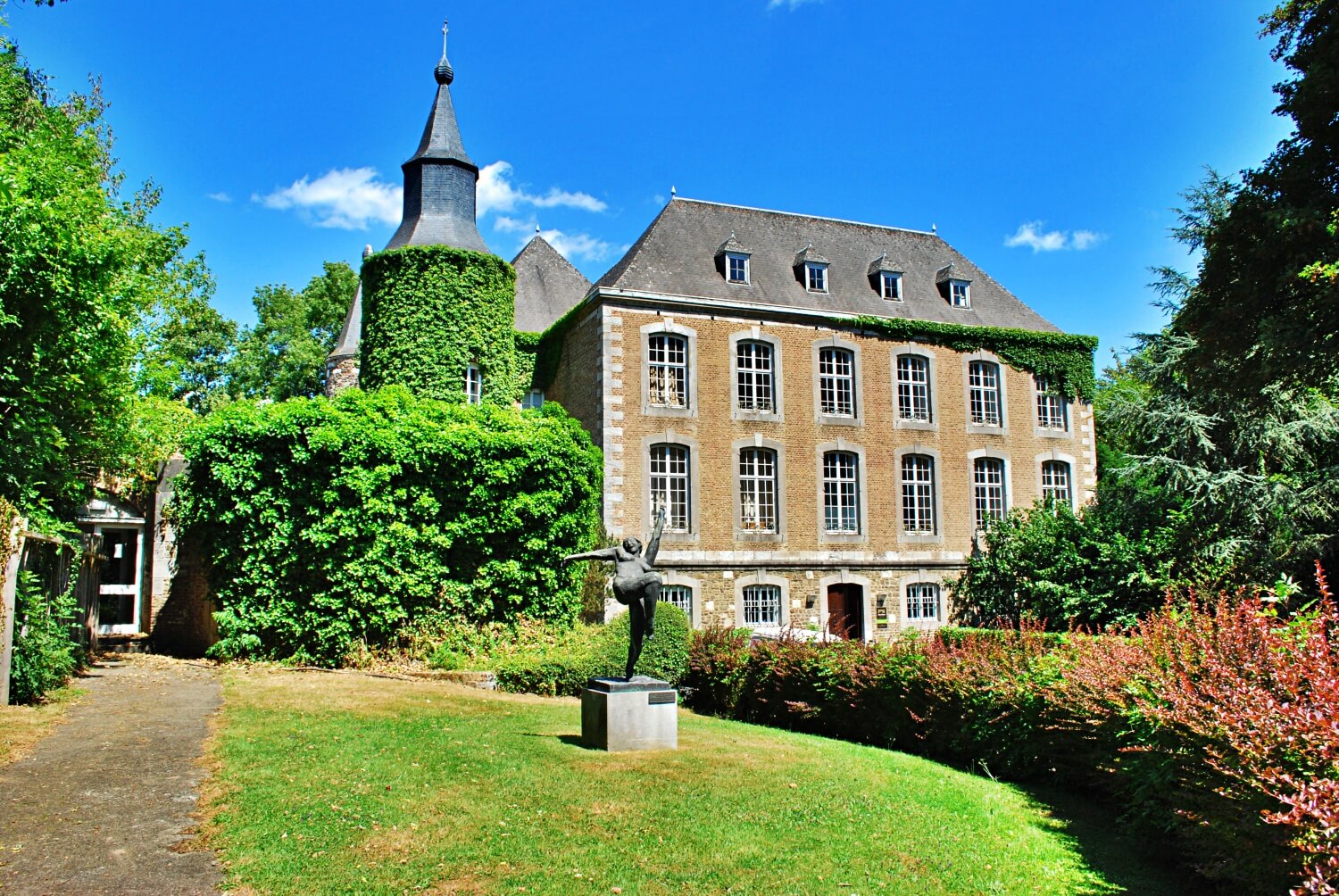
Colonster Castle
Liège
5.9km
castle, chateau
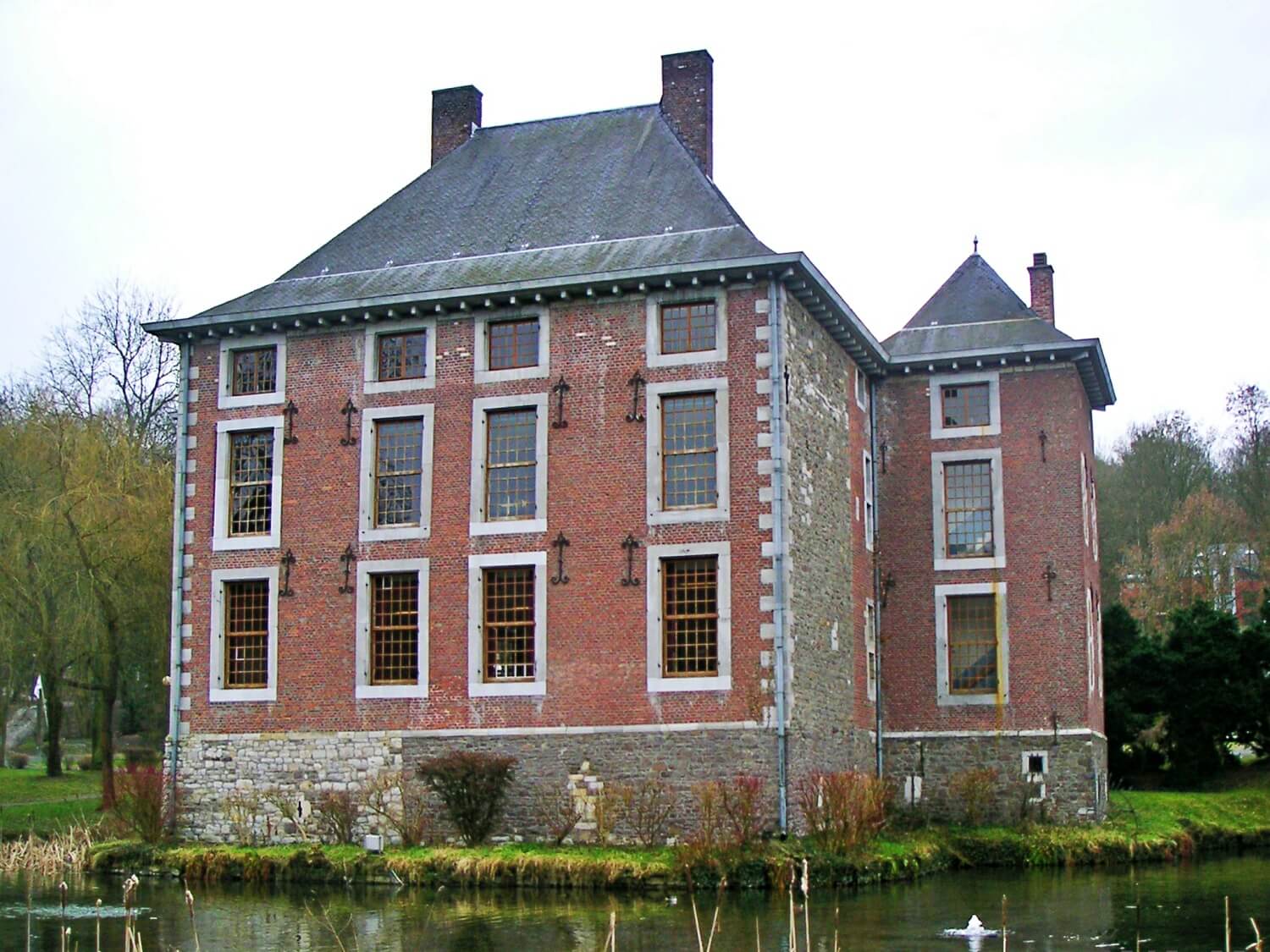
Kasteel Brunsode
Liège
7.1km
manor, mansion
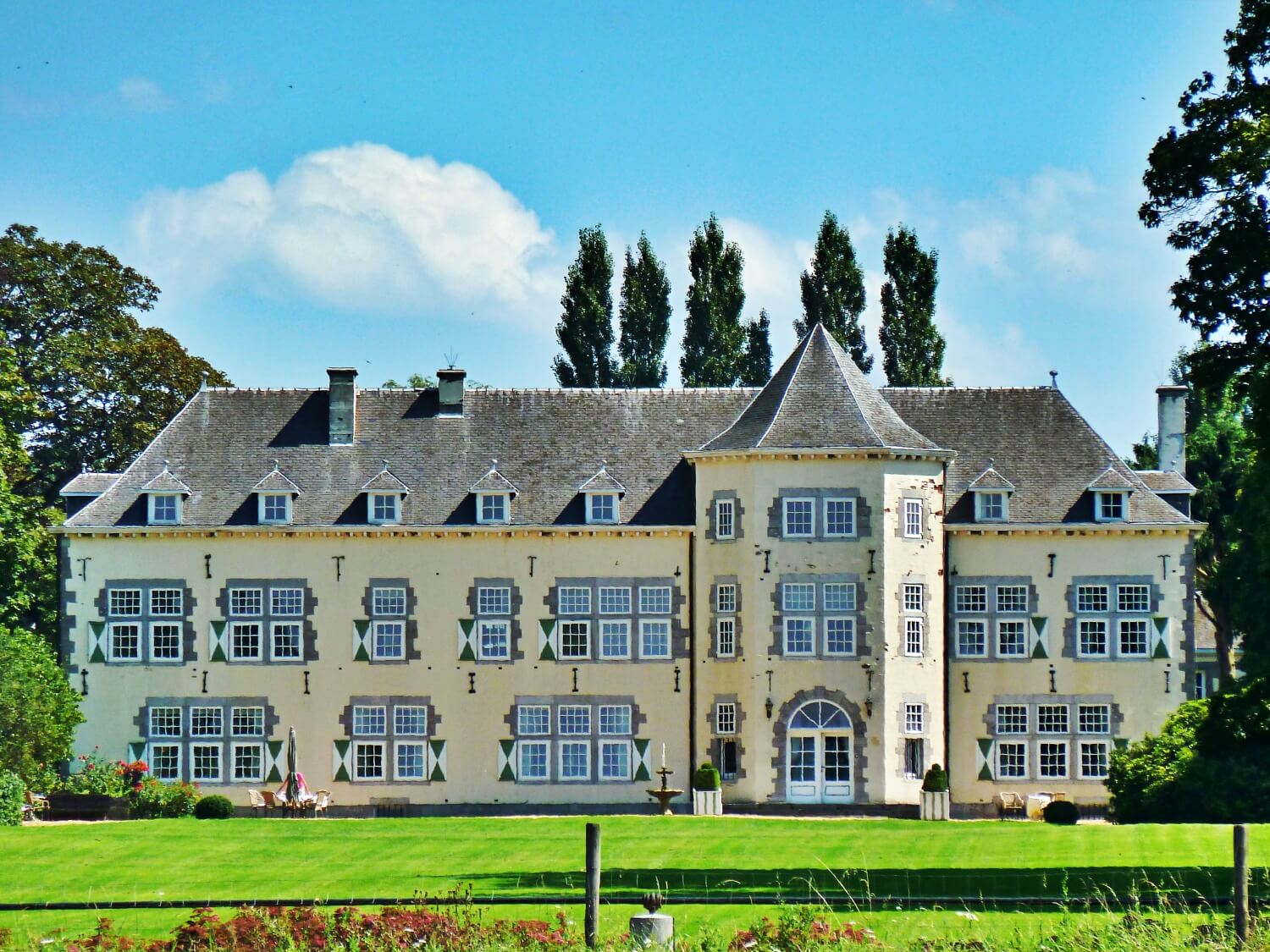
Kasteel van Forêt
Liège
8.7km
manor, mansion
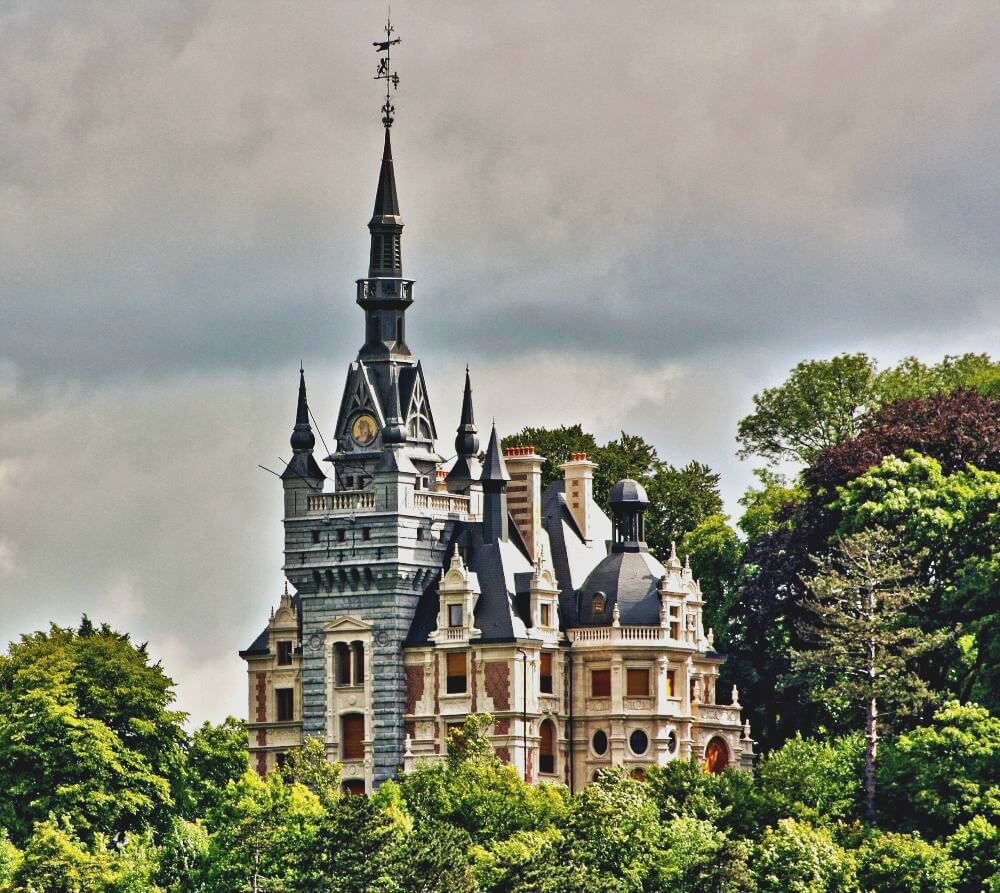
Château Le Fy
Liège
11.2km
castle, chateau
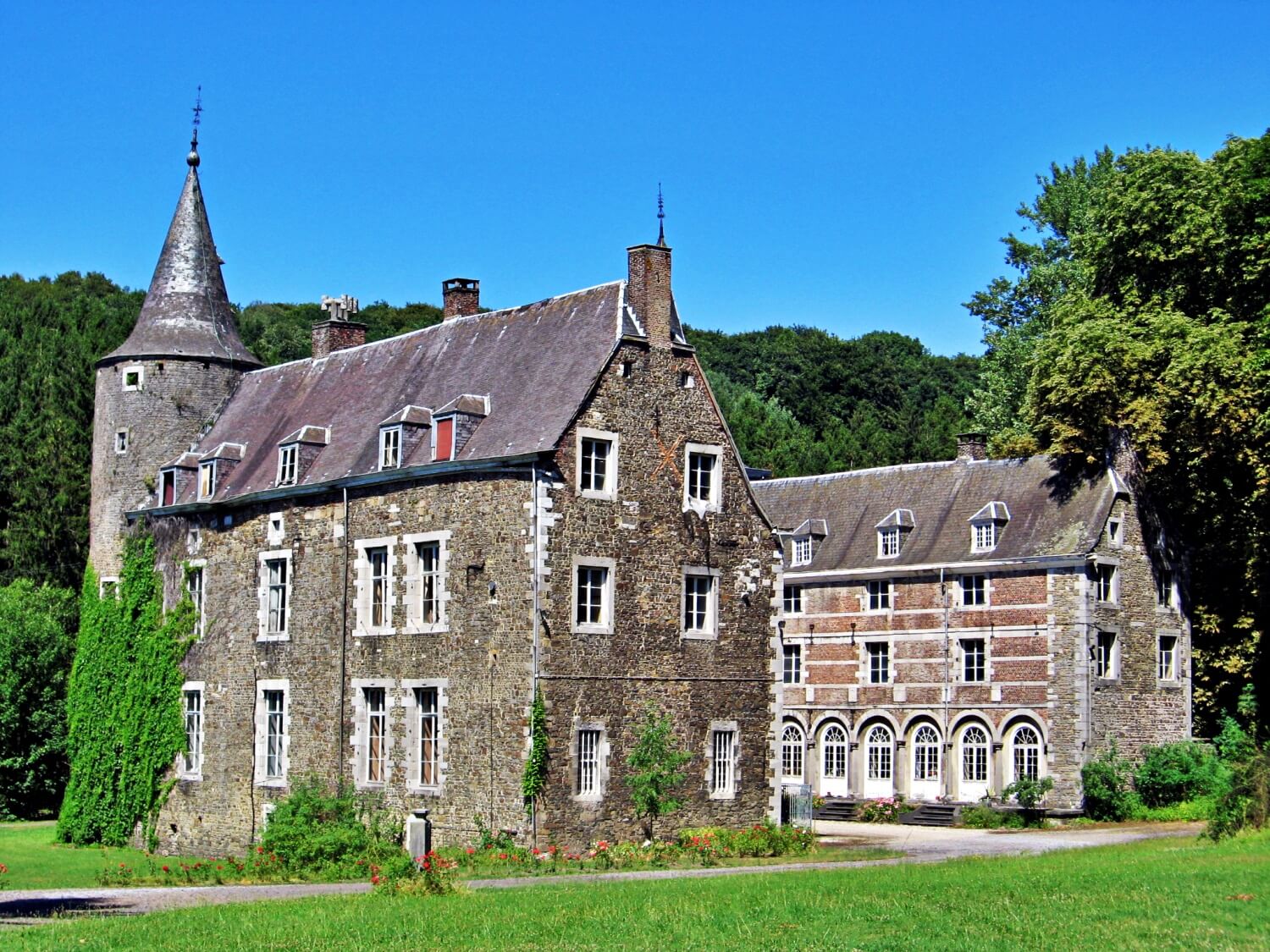
Kasteel van Bolland
Liège
11.9km
manor, mansion
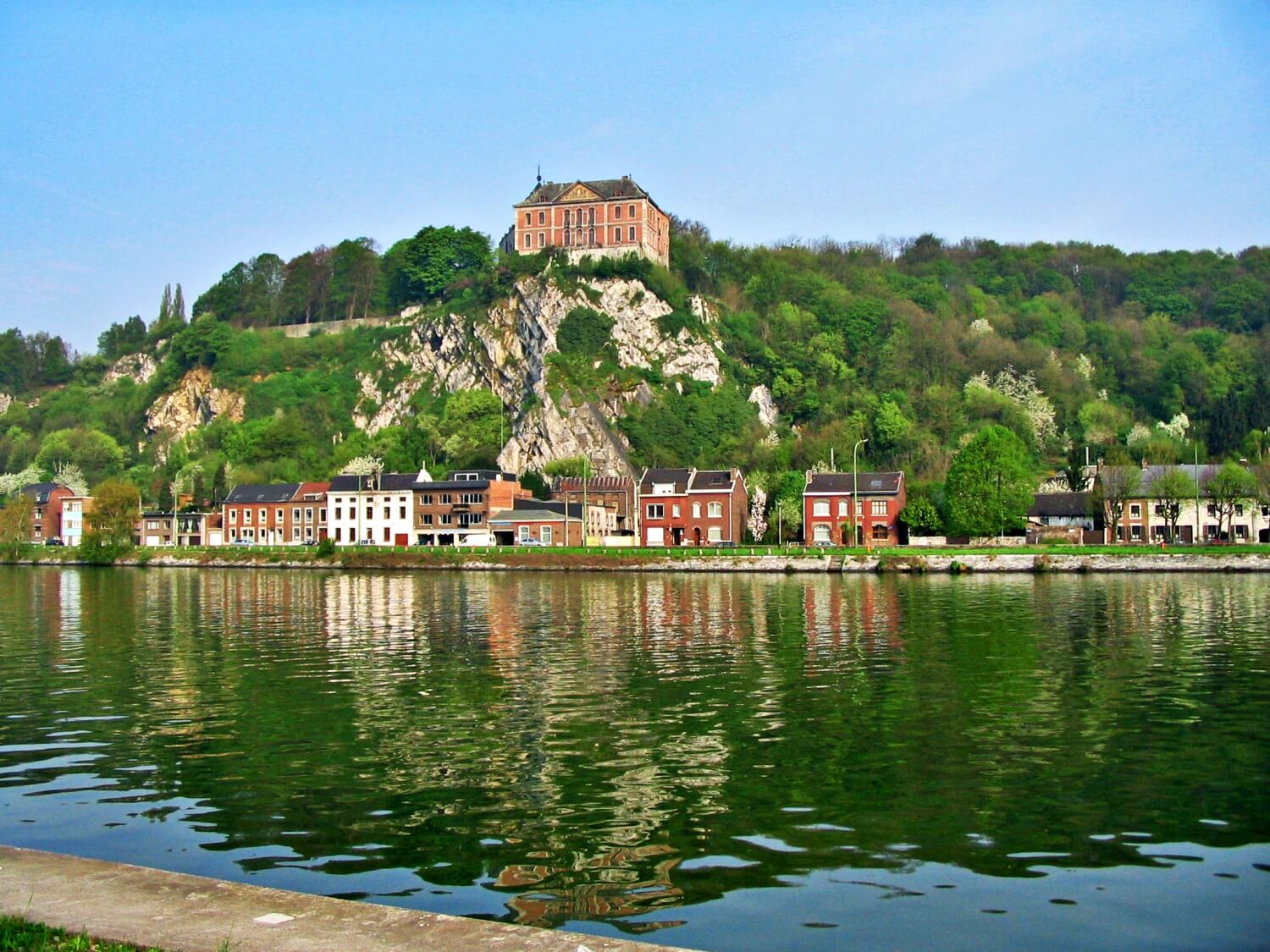
Kasteel van Chokier
Liège
12.3km
manor, mansion
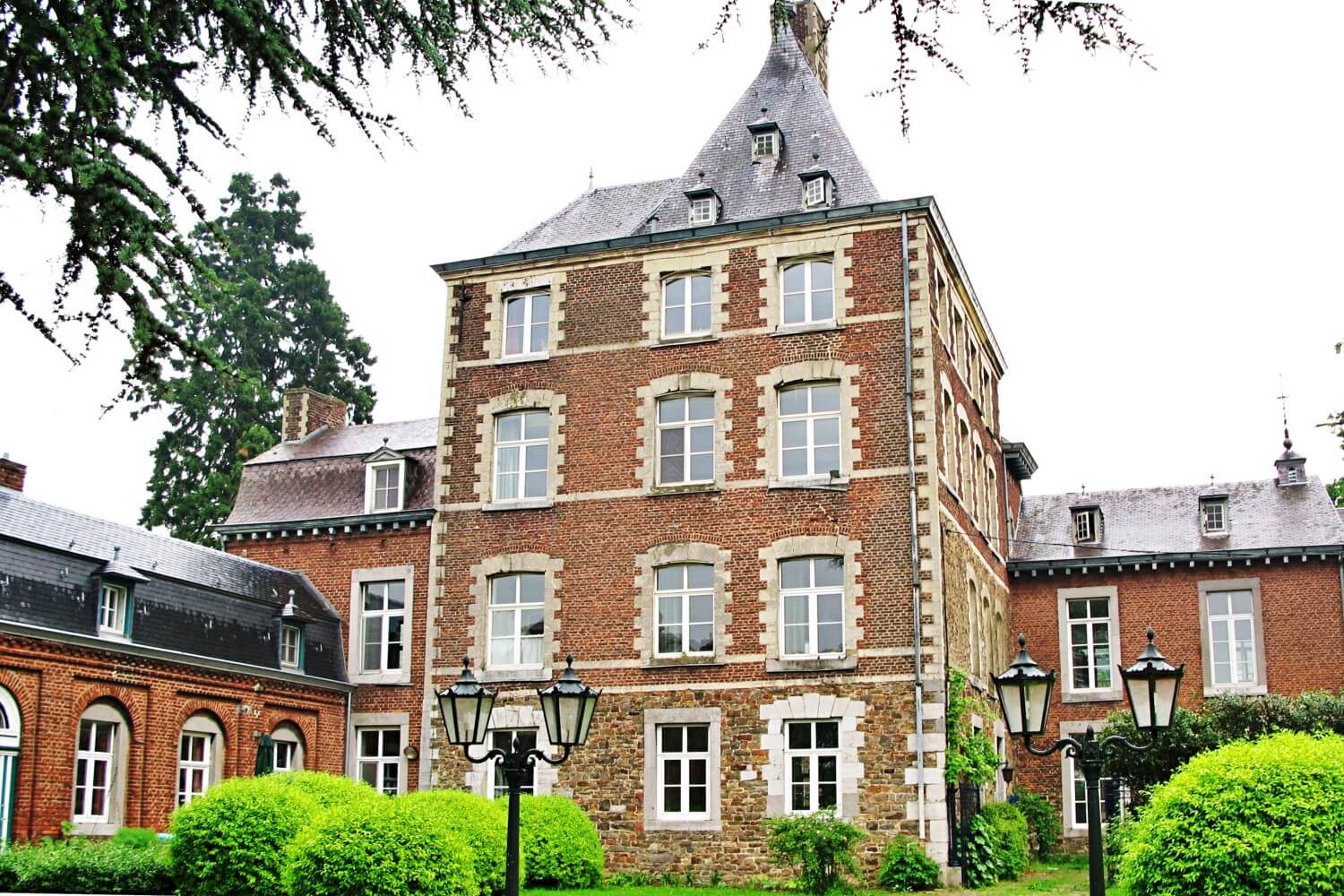
Kasteel Cortils
Liège
12.4km
manor, mansion
